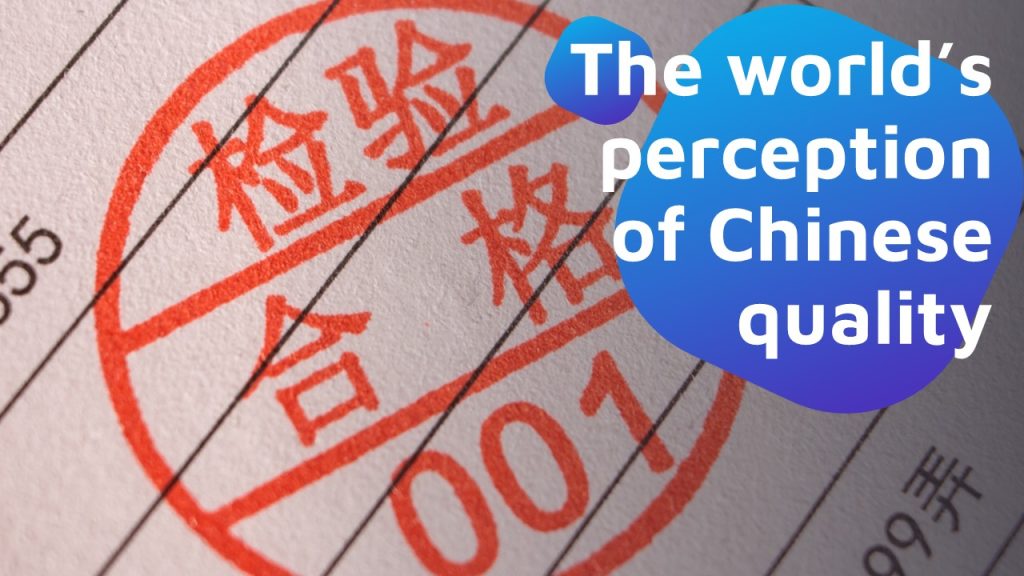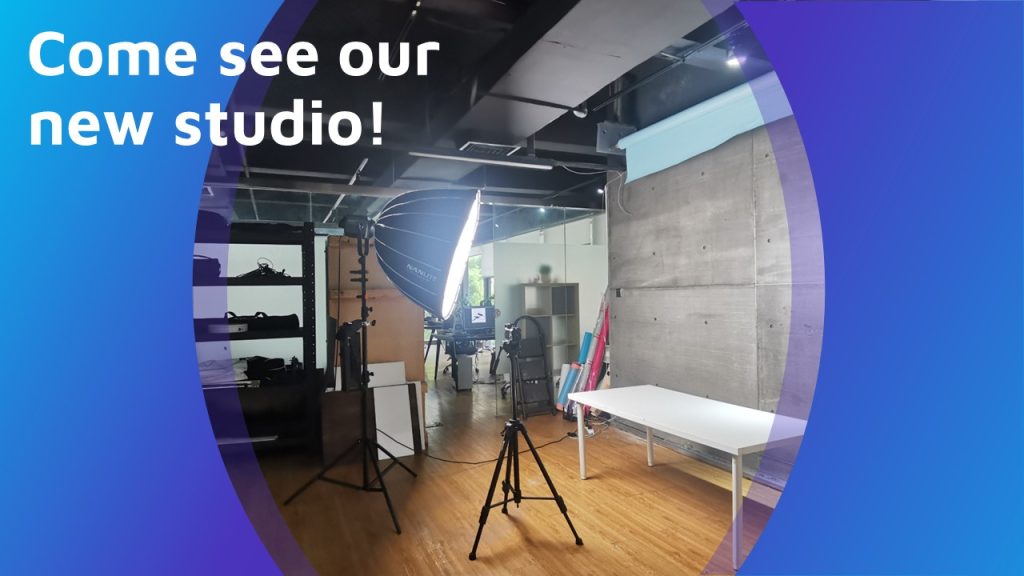Crowdfunding platforms have become one of the best allies for startups and small businesses looking to develop and launch new projects with little budget. When it comes to products, Kickstarter and Indiegogo are the most renowned ones, yet you may have heard of others, like Gofundme or Patreon, which focus on events, challenging situations, or digital products, respectively.
At Content2Sell we often see and hear about all sorts of campaigns on these two. But not everyone who is embarking on a business project knows the difference between them. This post will explain them, so you know the pros and cons of using Kickstarter or Indiegogo on your new adventure.
The differences between Kickstarter and Indiegogo
KICKSTARTER
Born in 2008, Kickstarter is the most famous crowdfunding platform, with its own Android app and over 20 million users.
Mostly aimed at creative projects, including games, comics, design, photography, theater, art, technology, among many others, Kickstarter has defined many of the rules of crowdfunding.
While Indiegogo has little – If any – country limitations, Kickstarter is only available in some countries: US, UK, Canada, Australia, New Zealand, the Netherlands, Denmark, Ireland, Norway, Sweden, Germany, France, Spain, Italy, Austria, Belgium, Switzerland, Luxembourg, Hong Kong, Singapore, Mexico, Japan, Poland, Greece, and Slovenia.
About 36% of Kickstarter campaigns achieve their target. It may not sound as much, but most of those who surpass 20% of it do actually reach it. More than 400 campaigns have made over USD 1 million. More than 6500 have raised more than USD 100 000. Appealing, right?
Basic rules
Projects are subject to review and cancellation if considered fraud suspicious, or don’t abide by some basic rules. In fact, some claims have accused Kickstarter of promoting bad quality products and not holding accountability for their viability or the funds’ final purpose.
Kickstarter looks at every project in depth. They may require verification like the original prototype’s photography, or look into user history, like on the EYE3 Drone Helicopter case. But their role and position remain at promotion and fundraising rather than holding responsibility in a project. That said, these are the 5 basic rules to launch a project on Kickstarter:
- Projects must create something new to share, with social value or impact. Personal projects are not allowed.
- No charity whatsoever.
- Must be a tangible product and have an existing, working prototype.
- Project owners cannot offer equity, dividends, or investment opportunities.
- Here‘s a list of prohibited items. Mostly anything related to illegal, heavily regulated, or potentially dangerous activities and practices.
All or nothing
Kickstarter isn’t very strict, although it only allows fixed funding. AKA the All or nothing policy: backers are only charged if the project succeeds in raising their targeted funding.
Indiegogo offers in turn flexible funding – explained below.
So backers rest assured they will get their money back if the project doesn’t make it through. Additionally, they can change their mind and cancel their contribution anytime. Be ready, then, to thank your backers and respond to their questions promptly.
Rewards
In exchange, Kickstarter offers tools and resources to incentivize backers to place their bet on the available projects. The most interesting one is their rewarding program, which allows project creators to thank and reward backers according to their contributions.
Payments
All Kickstarter payments go through Amazon Payments, which adds quite some reliability. Kickstarter charges 5% of the total funds collected, plus a processing fee (from 3% to 5% + USD 0,20 per transaction).
Again, Kickstarter charges no fees if a project does not reach its target.
Campaigns
Kickstarter allows setting a timeframe from 1 to 60 days for fundraising campaigns, but once defined there is no way back. There’s an upside though. If the goal is reached before that period, creators are given new rewards for new backers, thus increasing contributions.
Once a campaign is approved, creators get different tools to measure visits, views, donations, and other metrics about their project’s success. But since crowdfunding is based on good faith, misleading or false information is promptly taken care of.
The bottom line is that you need to have a thorough plan, know your market, and have quality content so your product steps ahead.
INDIEGOGO
Indiegogo is probably as famous as Kickstarter, although it doesn’t have as much use: about 15 million users. Partly because it goes beyond creative projects and includes TV shows, music, podcasts, technology projects, and more from (not necessarily) bigger companies.
Indiegogo recently added Poland, Cyprus, Estonia, Greece, Lithuania, Latvia, Malta, Slovenia, Slovakia, New Zealand to their supported countries list. As of now, a total of 235 countries.
With about 19000 campaigns launched every month, Indiegogo has held more than 800 000 successful campaigns. Nothing to be ashamed of.
Funding
Indiegogo’s success rate is 17% to 18%. Nothing to shout about, we know. But this makes sense when we see their funding options.
As we said before, Indiegogo has two funding options: fixed and flexible.
- Fixed funding. Fixed funding works exactly like Kickstarter’s and has about the same rates: 60-days campaigns, 5% fee + (5% + USD 0.3 per transaction), only retrievable when goals are achieved. For example, the Ubuntu Edge mobile phone that Canonical developed didn’t make it to the 28 millions set as target. And the 12 million dollars collected were refunded accordingly.
- Flexible funding. The flexible funding option allows creators keeping the funds raised even if a project doesn’t meet its target.
That has two effects: a reasonably higher fee, and more risk for the backers, who will not get their money back if the project does not succeed.
The main difference is what happens when targets are not achieved, in which case, creators can
- a) refund the funds to their backers at no cost or
- b) keep them for a 9% charge.
As said above, that means a much higher risk for backers leading to lower contributions, which might sound scary for smaller communities.
That may not be much when we talk 5 or 10 dollars. But it may hold back larger donations if a product does not deliver a valuable product or solution.
And that’s when good promotion and marketing step in.
Rates
Indiegogo charges 5% on successful campaigns plus a 3% + USD 0.30 fee per transaction. That rate rises to 8% if the campaign was previously launched in another platform – like Kickstarter. 9% when the goal’s not reached.
Indiegogo also has a 60-day timeframe for fundraising campaigns. But the greatest advantage is that projects don’t need approval before going live – if they comply with terms and conditions.
Of course, there’s a large variety of tools for campaign creators to see all the relevant metrics and have a real-time view of their performance.
Usability
Product pages are easier to build on Indiegogo. Its builder has more styles and options than the basic H2 + Paragraph available on Kickstarter. It also allows basic HTML/CSS, which is a great plus for those who have programming skills. And if things get ugly, that means more complete backups.
The same happens with little things like changing images, or video hosting. While Kickstarter keeps it all within its platform, Indiegogo uses Youtube, which makes promotion much easier.
All in all, Indiegogo offers more flexibility when it comes to format and usability. And these little things can be decisive.
Rewards
Indiegogo may have fewer rewards levels (20, vs KS’s 50) but allows greater personalization to encourage backers. That includes and allows creating attractive early-bird discounts and perks for potential supporters. Because remember, potential backers and contributors take risks too.

In the end, it all comes down to one question: How much risk are you and your audience willing to take?
- The backers’ risk of losing their donation -> probably smaller donations
- Not reaching the goal makes fees higher and decreases your final turnout.
So, if you are looking for the relief of knowing your investment won’t be lost if your project does not meet people’s expectations, Kickstarter is the right option for you.
And if you are a creator and you know your project is feasible even if you don’t achieve your target, you should consider Indiegogo despite having a lower pool of potential backers and being a little harder to start with.
The challenges
Choosing a crowdfunding platform is quite a thing. Deciding whether to go for Kickstarter or Indiegogo is not just about inventing the next revolutionary item. It’s about using rewards, discounts, and convincing your audience that your product has more value than your competitors’. Variables you need to consider before launching a campaign.
Both, Kickstarter and Indiegogo can make your project viable, although that depends on how you present your product, how you promote it, and make it valuable.
Good content makes the difference
When you test a product and look for crowdfunding to have a glimpse of its potential success, it needs to catch people’s attention. Thus, presentation becomes the cornerstone of your entire campaign: it’s an investment you want to make. Otherwise, your product may go overlooked and lose the positioning boost it gets when it kicks off.
That may be less of a loss on Kickstarter (you would get your money back) but can be critical on Indiegogo.
Your product content needs to cover every single one of its features and highlight the most important ones. Questions you can reply to, of course, but will take time and effort. Just bear in mind there’s no customer support in any of them. That’s why leaving little, or no questions is critical for a project’s success.
And that’s why your product’s content is an investment you should consider from the very beginning.



